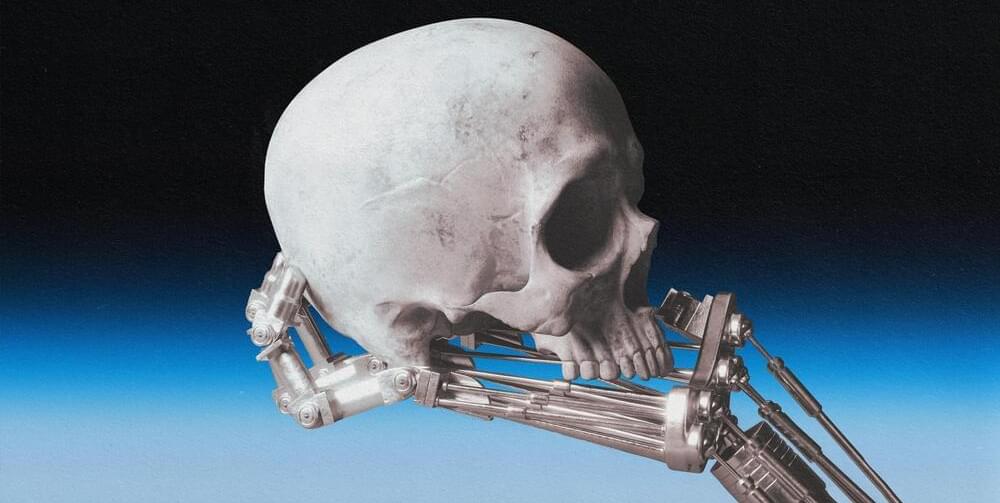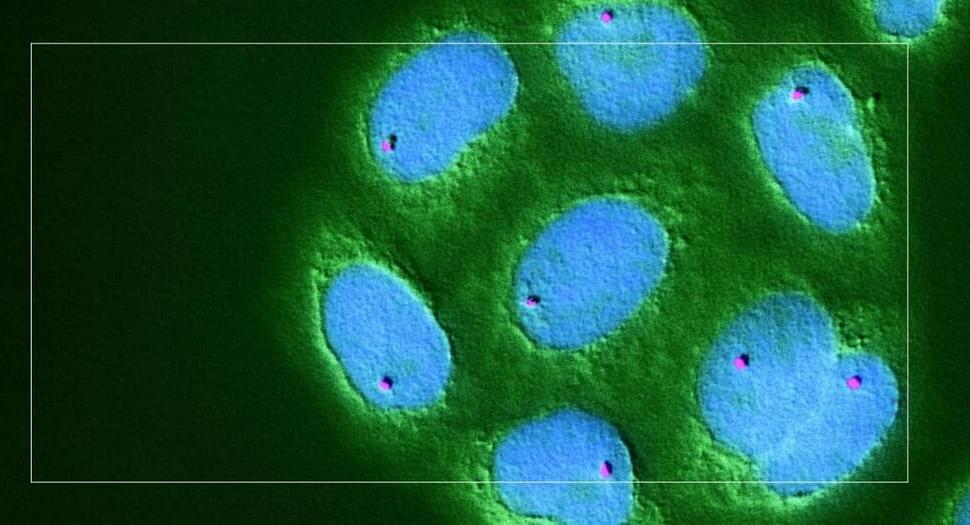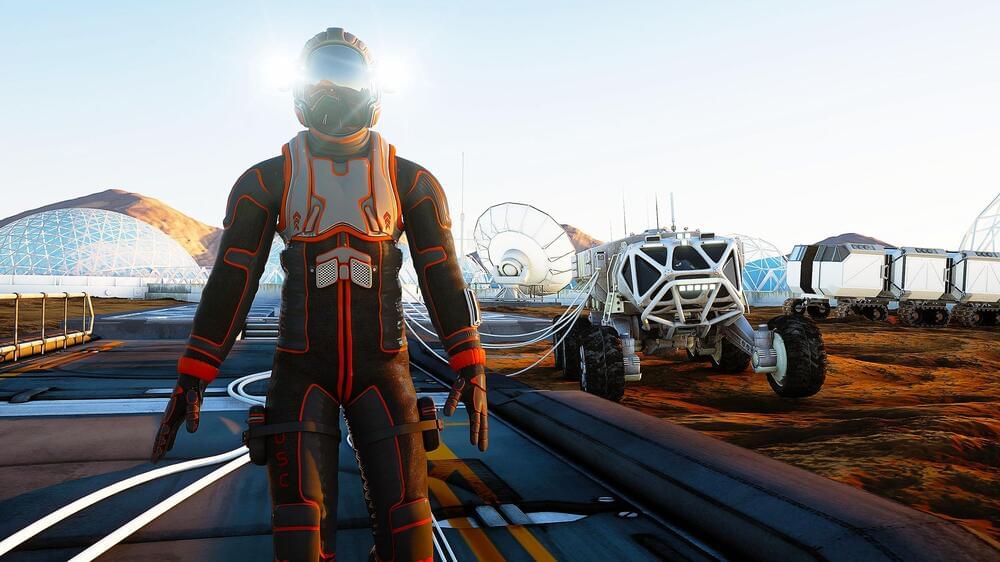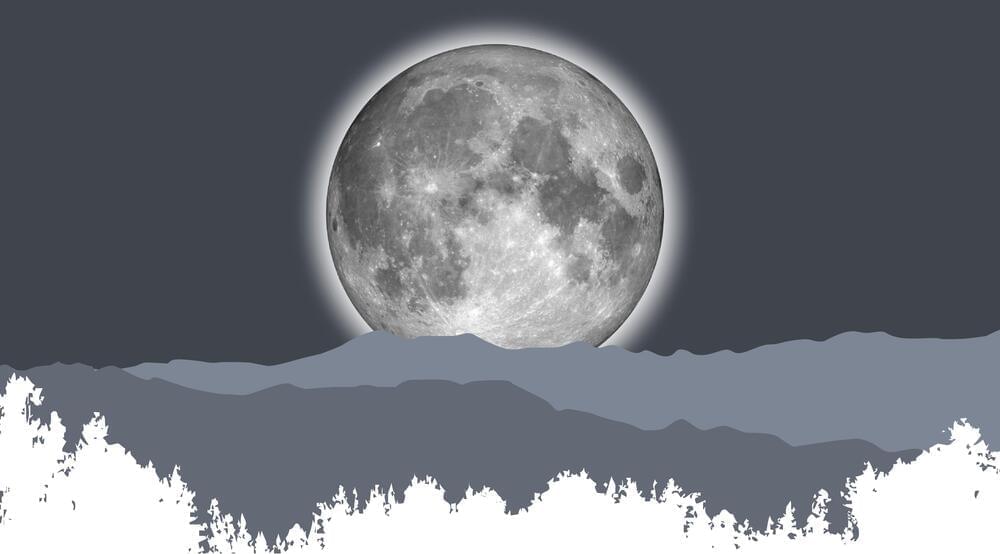Articles about the future.




Two days after AIM said that it’s time for OpenAI to launch GPT-5, the company filed a trademark application for “GPT-5” with the United States Patent and Trademark Office (USPTO) on July 18. This move suggests the potential development of a new version of their language model. The news was shared by trademark attorney Josh Gerben on Twitter on July 31.
The trademark application says that GPT-5 is related to computer software for generating human speech and text, as well as for natural language processing, generation, understanding, and analysis. It is speculated to be the next powerful version of OpenAI’s generative chatbot, following the previous release of GPT-4 in March.
Despite the trademark application, there is no confirmation of immediate development for GPT-5. While it is likely that OpenAI has plans for an advanced language model in the future, the primary purpose of the trademark filing might be to secure the name “GPT-5” and prevent unauthorised use by others.
614 — In Search of Future Life.
Airdate: December 6, 1981
Writer and Director: Greg Goldman.
What might the world be like for our children?


In the ongoing quest for human habitation on the Moon, the issue of cleanliness within spacesuits is a critical one. Future astronauts venturing to the lunar surface will be equipped with a new generation of spacesuits designed to endure the harsh lunar environment, thanks to the European Space Agency’s PExTex project.
However, as these suits provide safety and comfort, they could also offer a conducive environment for harmful microbial growth. This issue is further exacerbated as astronauts may potentially share these suits.
PExTex is addressing this issue by assessing suitable textiles for future spacesuit designs. Collaborating with the Austrian Space Forum, they have launched a project named BACTeRMA. This project is focusing on ways to prevent microbial growth within the inner linings of the suits.



We should not be surprised if such changes occur. Summer was not always about the seaside and sunbathing. True, there is a long tradition, dating back at least to the Romans, of leaving the city for the seashore in the summer months. Baiae, on the northern tip of the Gulf of Naples, was a favorite haunt of the emperors Augustus, Nero and Caligula. (According to Seneca the Younger, it was a “harbor of vice.”) But activities such as swimming in the sea and stripping semi-naked to lie on the beach are of quite recent provenance.
Moreover, the seaside is not an appealing summer location in much of the world. No sweat-soaked imperial civil servant in British-ruled India would have chosen the Bay of Bengal as his preferred holiday destination. The only way to escape the heat of the summer was — as Rudyard Kipling described — to flee the plains and head northwards to Himalayan “hill stations” such as Simla.
Now that summer in more and more of the world is as searingly hot as India in Kipling’s time, we are all going to have to take a leaf out of his book. The hill station is coming back, and this time it’s global.
Emotional wording, persuasive animations, and roadblocks to completing purchases are all used to drive people into a Prime membership.